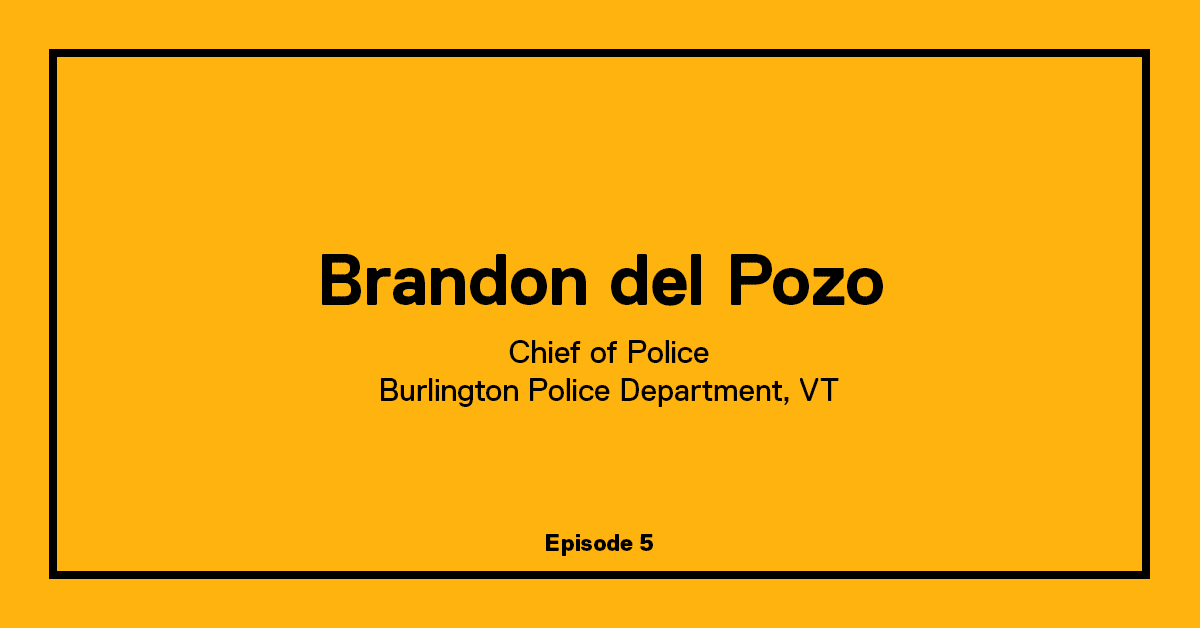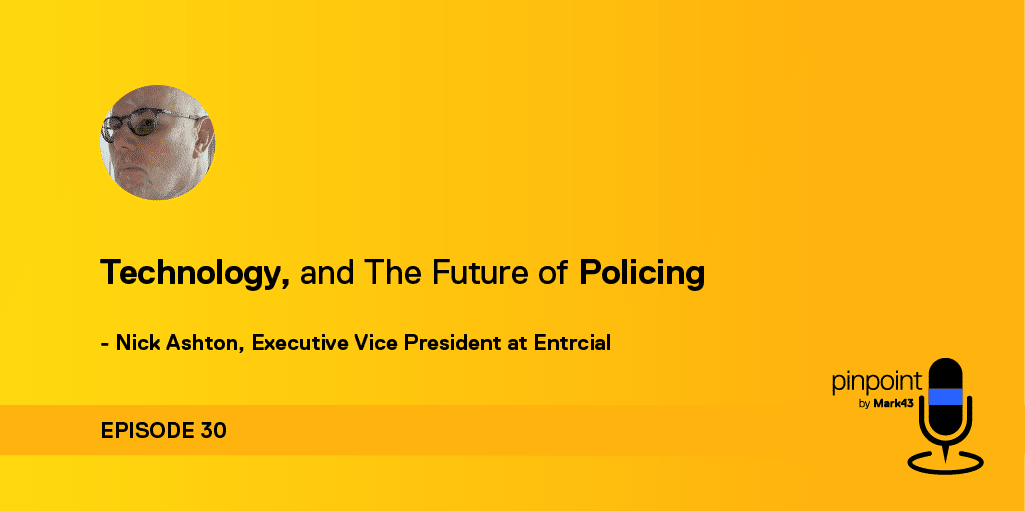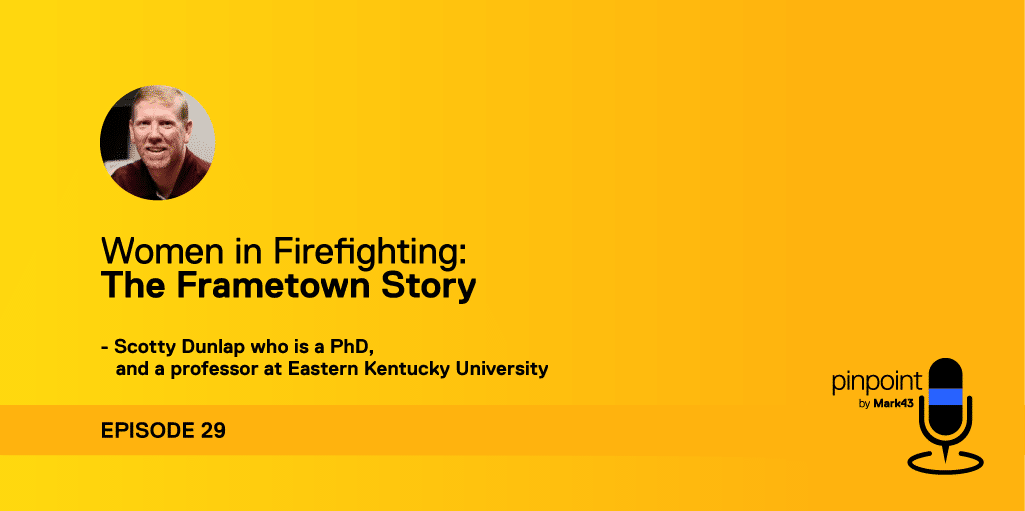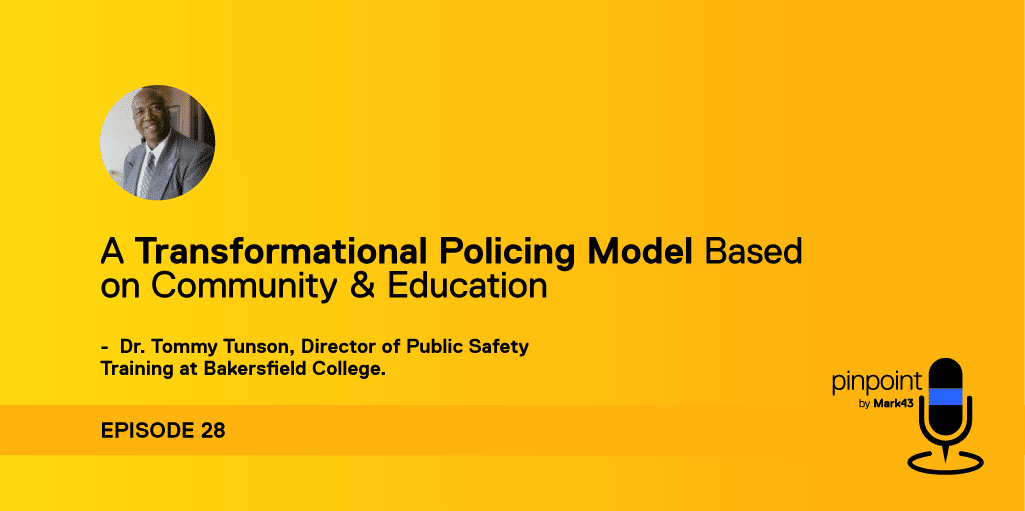Episode 5: How to Turn Police into Innovators with Chief Brandon del Pozo
Dr. Antonio Oftelie | 28 March 2019 | 4 minute read

Some police departments improve faster than others.
To understand how police departments can create a space for innovation to appear, Pinpoint guest host Dr. Antonio Oftelie of Leadership for a Networked World asked Chief Brandon del Pozo about his experience leading the Burlington Police Department in Vermont.
(function() { var qs, js, q, s, d = document, gi = d.getElementById, ce = d.createElement, gt = d.getElementsByTagName, id = 'soun_der', b = 'https://embed.sounder.fm'; if (!gi.call(d, id)) { js = ce.call(d, 'script'); js.id = id; js.src = b + '/embed.js'; q = gt.call(d, 'script')[0]; q.parentNode.insertBefore(js, q);}})();
Using a Public Health Model
It shouldn’t come as a surprise that the opioid crisis is a major cause of death in our cities.
“We’ve taken a public health approach to try to save lives,” says del Pozo. “There’s a lot of people talking about the very fabric of society. But as cops, our concern has always been first and foremost to reduce mortality. So opioid overdoses in our city are down noticeably because of things that the police and the city did.”
The department hired new staff to deal with this specific mission including an opioid policy coordinator and an epidemiologist. Analysts designed a new program to deal with the crisis that included intensive training of police officers.
“It’s really good high-quality training about how they could make a difference in the everyday things that would help save lives and get people into treatment,” says del Pozo.
But the public health model extends far beyond the confines of the current opioid crisis.
“The goal of public health is to reduce a community’s morbidity/mortality and to help that community flourish,” says del Pozo. “You know what I just described? Policing.”
Applying the Law Respectfully
You have to frame police actions in a way that is clearly motivated by considerations and reasons that any citizen can say, “I feel equal among citizens when the police treat me this way.”
“We want safe roadways, we want sober drivers, but we don’t want to do that in a way that communities of color feel like they’re bearing the brunt of the enforcement. So we’ve addressed that.”
Use of force is one of the main flashpoints between police and the communities they serve. The solution is simple – better training.
“With the use of force, it really is about like giving cops the concrete equipment and skills to feel like they can safely handle dangerous situations,” says del Pozo. “They produce better outcomes. And I think our cops have bought into that wholeheartedly.”
Hiring to Align Interests
With the additional opioid-related burdens on existing law officers, del Pozo transformed his staffing and increased science-backed training to help them deal with the challenges.
Older cops who were not up for this new type of policing left.
“We’ve had more cops leave in the last few years than before, but we’ve also been able to recruit more cops too. So our staffing has gone up a little,” says del Pozo. “These cops have made the decision to serve their communities in today’s world, knowing today’s challenges with their eyes wide open. And they know what kind of police department they’re getting a job in. They can look us up and know exactly what we’re about. So we’re getting the right people for the right job.”
The Three Roles of Police
While police departments have become sources of innovation, three main roles of policing remain:
- Protection and rescue.
- Bring people in evidence to the magistrate if a crime is believed to have been committed
- Broker the terms of social cooperation in public space.
“When you add these three things up, only one of them is about putting handcuffs on people and bringing them to a judge and the prosecutor,” says del Pozo. “The other two, the rescue and the protection and the social cooperation. Shame on us if all we do is see ourselves as able to accomplish those things with handcuffs.”
A cop’s mission has always been these three things but now beat cops have more latitude about how to innovate.
“Once cops kind of get that, you see them willing to try new ways to solve problems,” says del Pozo.
Advice to Organization Leaders
In both the corporate boardroom and the police chief’s office, success comes from authenticity. Walking the walk.
It is easy to come up with sweeping rhetoric or a snappy press release. But you need your staff to embody this as well.
“That requires, at the very least, the right mid-level leaders. If your sergeants and lieutenants aren’t out there embodying your values and expectations, then you could tell the press and the public all the brilliant things you want. It’s just not going to become a ground truth.”
To harmonize the work with the rhetoric, you need to build systems and institutions that are operating at a default that is getting the right work done.
Creating Safe Spaces within the Department and in the Outside World
Building on the research of Harvard professor Amy C. Edmundson, del Pozo believes that successful corporate teams thrive when they feel safe.
Edmundson has longer TED talk on the topic here.
Cops and executives across all ranges of industries need to feel safe in order to innovate and stick with those innovative efforts. This allows them to be able to feel like they can experiment. If they take some risks that don’t end well, they feel safe to bring that to a superior without fear of negative consequences.
“You actually have to build systems and institutions and structures in your organization that foster that type of feeling. Make physical investments in officer wellness and safety, create procedures that spur officers to act in good, safe, and sustainable ways,” says del Pozo. “I’m excited about this.”
Chief Brandon del Pozo will be attending the upcoming Public Safety Summit at Harvard University. The participants at this year’s Summit will learn and share best practices on leading and sustaining transformation within rapidly changing environments. Public safety officials can learn more about the program and submit an application to attend here.





